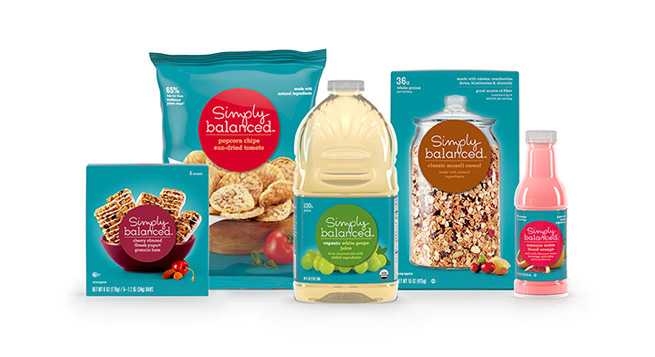After the lecture on Brand Positioning, I happened to stumble upon an article on one of my favourite business magazines, Entrepreneur, that further explained the idea of brand positioning and how it can relate to oneself and their own selling points. Brand positioning involves figuring out how the brand fits in a person’s mind. In essence, how they feel about you or your product — not just what is brought to the table. Personally, I have lots of experience in leadership, teamwork, and working under pressure. I am also a perfectionist, and I believe in professionalism and being well-rounded. But all that does not capture what I will do for my peers, bosses, or others.
A better way to present myself would be as a “versatile, get-it-done” kind of worker. I can have a large variety of skills, and if I don’t have the know-how, I can learn it quickly, and do it all with a professional attitude and output. I can work with anyone, whether I need to take the initiative or do what I’m told.
That would be my elevator pitch. That’s how I would position the brand of myself.



